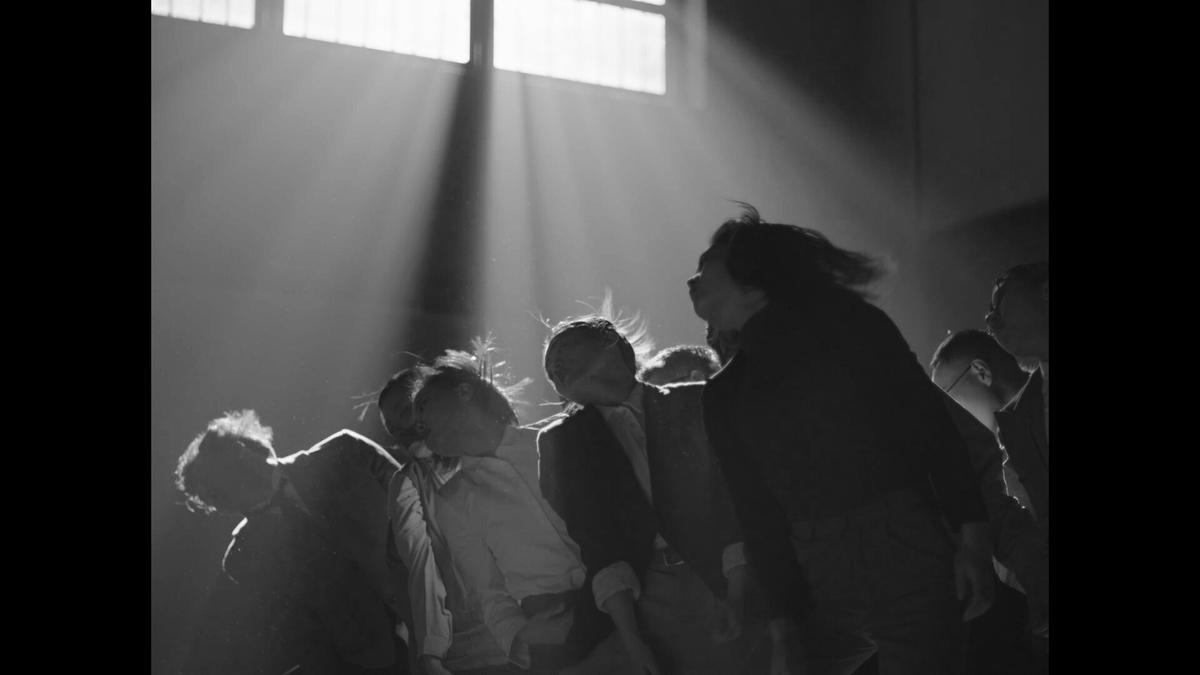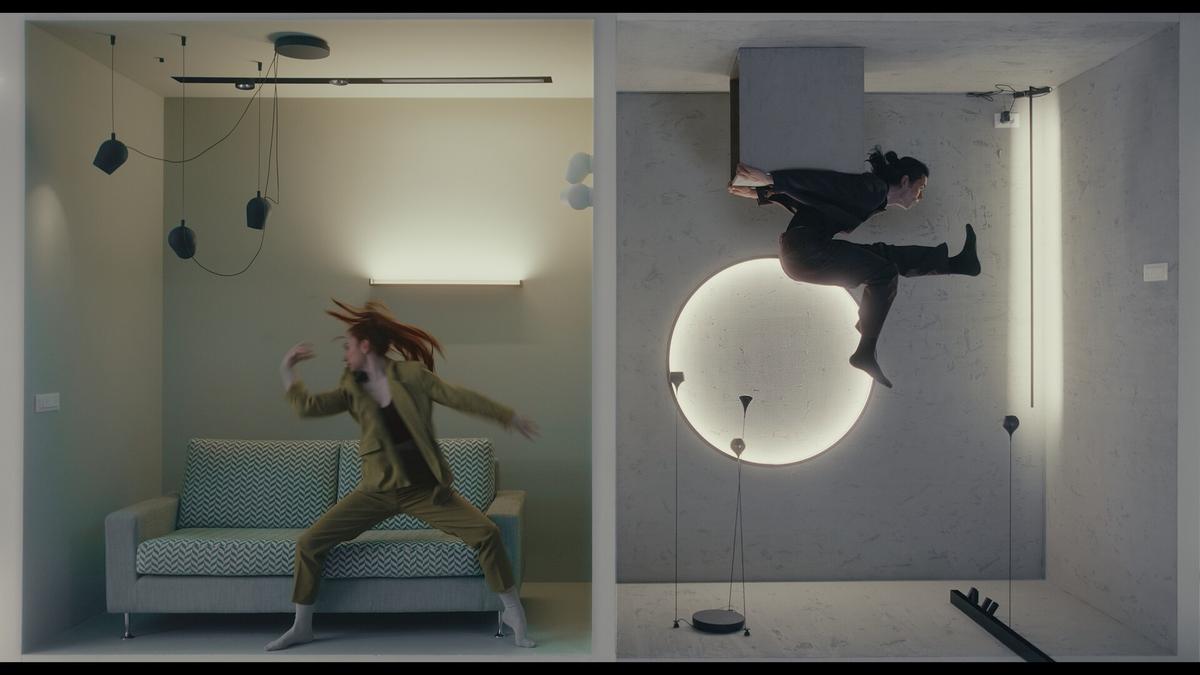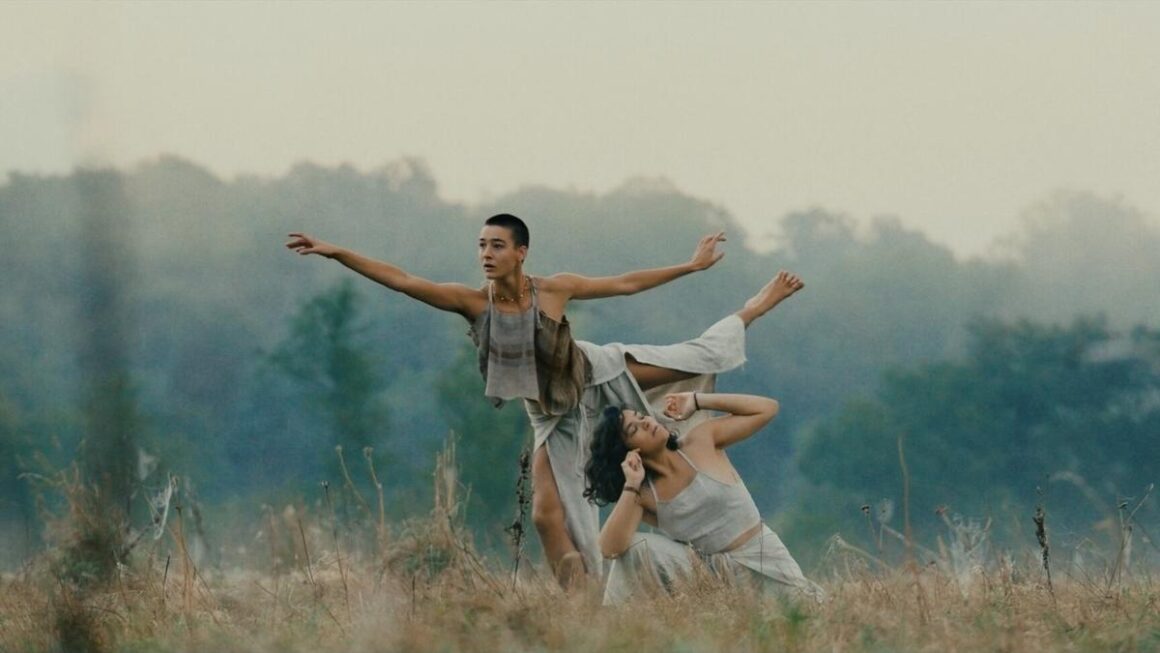
Mehdi and Nourddine Sli’s dance film Stork
| Photo Credit: Courtesy: Manifest Dance Film Festival
Should not the performing arts be primarily a joyful and positive experience, so that we strive to create an atmosphere of fun and inclusivity? Or should it be necessarily presented in a disciplined form/ template, as witnessed in our classical dance and music, in the name of creating meaningful ‘art’ for the final audience? Can we not give priority to our intuitive feelings , instead of obeying codified notations as passed down to us through our elders? Do we have to believe that those traditions handed down to us by renowned performing artistes are sacrosanct? Have they never undergone serious changes by themselves, over the centuries?
These were some of the questions raised at the Manifest Dance Film Festival held last month in Puducherry. Over 100 dance films of varied durations, from 3 minutes to 72 minutes, were screened along with a range of dance workshops conducted by contemporary practitioners from all over the world.
What is so unique about Dance Films? Firstly, they are not films about dancers, trying to explain their feelings, methods and journeys . Secondly, they do not necessarily tell a conventional story with a beginning, middle and an end. These films are about experiencing and representing life around in the way we undergo, say the reality of a chaotic traffic junction or an overcrowded market place. The dancers portray ‘living’ in that experience while also articulating through ‘body language’ the thoughts and feelings that arise in us at the same time. It is like composing a song while writing and scoring the music for it at the same time.

Where Do Ants Sleep at Night, a film by Dean Wei
| Photo Credit:
Courtesy: Manifest Dance Film Festival
Undoubtedly this is a recipe for chaos but Dance Films are about how do we engage with the chaos of a cascade and still manage to hold our heads high and sane enough to survive. Take a film like Until by Tarin Torabi. It was shot on an iPhone in Tehran during the Woman Life Protests movement in 2023. With the facility to switch freely between the front and rear camera lenses, the dancer/ cameraperson without a ‘hijab’, walks through a traffic escaping, as if, from the eyes of law. And in a flash, the camera passes on to more such comrades taking over the camera like a baton. The entire escape is now choreographed as they run from one alleyway to another in one single shot. This experience is the story of what is objective v/s subjective, its form and content. In short, the grammar is original and yet, the language communicated is easily recognisable.
Such a film festival helps us to distinguish at one level, between Contemporary Dance and Modern Ballet while also telling us that the only way to engage with modernity in these disturbing ‘post-modern’ times is to use the film medium as a mode of praxis rather than working to a specific script. This means that while improvisation might seem spontaneous, it often evolves through a deep understanding of the body, space and relationships.

Until by Tarin Torabi was shot in Tehran on an iPhone
| Photo Credit:
Courtesy: Manifest Dance Film Festival
And when one recognises the fact that one of the crucial origins of Contemporary Dance is in Somatic Therapy, which explores how the body expresses deeply painful experiences and then goes about finding alternative systems to help recovery from trauma, the relevance of Dance Films stares into one’s face. Films such as Layers from the Netherlands, Stork from France and Where Do Ants Sleep At Night from China deal with loneliness, deprivation and concerns with climate change in intertwined manners.
And there was Q5- The Quintessentials by Sarada Sarita from the Netherlands, paying tribute to a vibrant form called ‘Waacking’, a style that emerged in the multicultural gay clubs of Los Angeles in the 70s. For all of us at the Manifest Dance Film Festival, curated by Vajrasara and Abhyuday, it was an eye-opener to empathise with various layers of distress experienced, especially by the millennials who are subjugated to rigid and formulaic modes of entertainment and its proliferation in the name of popular culture.


Leave a Reply